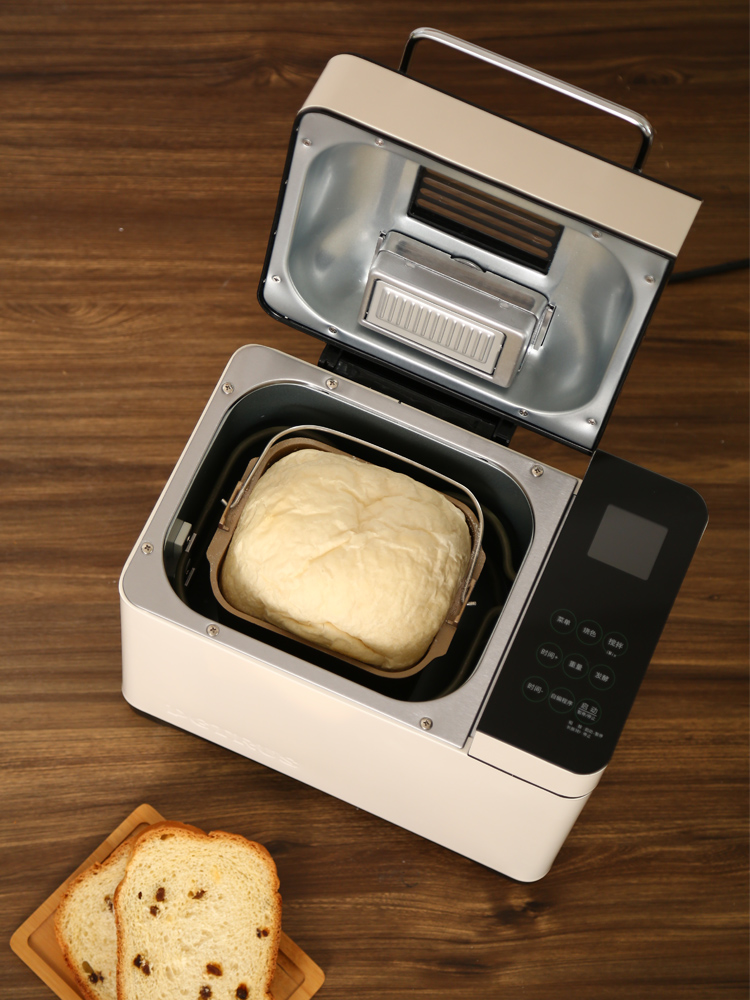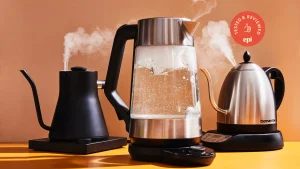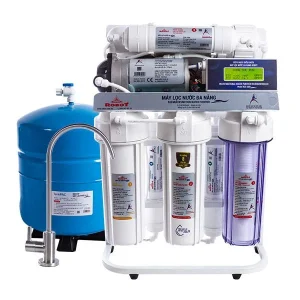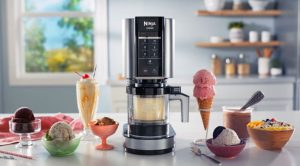Bread Makers: What They Are, How They Work, Applications, and Safe Usage

Bread makers are incredibly convenient appliances for making fresh, homemade bread with minimal effort. Whether you’re a baking enthusiast or someone who enjoys the smell of freshly baked bread, a bread maker can help you achieve the perfect loaf every time. In this article, we will explore the function of bread makers, how they work, where they can be used, and essential safety tips.
1. What Are Bread Makers? (Introduction, Common Types, and Uses)
A bread maker is an appliance designed to automate the bread-baking process, allowing users to easily create homemade bread with the push of a button. These machines are ideal for busy individuals who want fresh, homemade bread without spending much time on the kneading, proofing, or baking steps.
Common Types of Bread Makers:
- Basic Bread Makers: These are designed for users who prefer simplicity. They have basic features like different baking programs for white, whole wheat, and basic bread, without advanced functions.
- Multi-Function Bread Makers: These machines come with more advanced settings, such as programs for gluten-free bread, jam, cake, and even pasta. They offer more versatility for baking different types of bread and other baked goods.
- Compact Bread Makers: Ideal for small kitchens, compact models take up less space and are suited for smaller loaves, perfect for singles or small families.
- High-Capacity Bread Makers: These are perfect for larger families or for those who need to bake larger loaves. They often come with multiple loaf size options, including 2-pound loaves or more.
Uses of Bread Makers:
- Homemade Bread: The primary use of a bread maker is to bake fresh bread at home, with various recipes and ingredients to choose from.
- Dough Preparation: Many bread makers have a dough function, allowing you to prepare dough for pizzas, rolls, or other baked goods without having to knead by hand.
- Gluten-Free Bread: A growing number of bread makers feature a gluten-free program, enabling individuals with dietary restrictions to enjoy freshly baked bread.
- Additional Baked Goods: Some advanced models also include the option to bake cakes, jams, and even yogurt.
2. How Does a Bread Maker Work? (Principle of Operation and Key Components)
A bread maker works by automating the process of making bread, which includes mixing the dough, kneading, proofing (letting the dough rise), and baking it. The machine provides the perfect environment for each of these stages, resulting in a consistent loaf of bread.
Key Components of a Bread Maker:
- Bread Pan: This is where the ingredients are placed, and it holds the dough during the kneading and baking process. The bread pan usually has a non-stick coating to prevent the bread from sticking.
- Kneading Blade: Located inside the bread pan, the kneading blade is responsible for mixing and kneading the dough to develop the gluten, which gives bread its texture.
- Heating Element: This component is responsible for providing heat during the baking process. The heating element ensures that the bread is baked evenly and reaches the desired golden-brown color.
- Control Panel: This panel allows the user to choose the desired program, set the loaf size, and adjust other settings, such as the crust color or baking time.
- Dough Cycle: Some bread makers have a dedicated cycle for mixing, kneading, and rising the dough without baking. This is useful for making bread manually in your own oven or for other recipes like pizza dough.
How It Works:
- Add Ingredients: Start by adding the necessary ingredients such as flour, water, yeast, sugar, and salt into the bread pan.
- Select Program: Choose the appropriate baking program based on the type of bread you want to make (e.g., white bread, whole wheat, gluten-free).
- Mixing and Kneading: The machine will begin mixing the ingredients and kneading the dough. This process typically lasts about 10-15 minutes.
- Rising: The bread maker will automatically allow the dough to rise in a warm environment for the required amount of time.
- Baking: The heating element activates, baking the dough into a loaf of bread.
- Completion: Once the baking process is complete, the machine will alert you with a beep, and you can remove the loaf from the pan to cool.
3. Where Are Bread Makers Used? (Practical Applications)
Bread makers are primarily used at home, but they also have practical applications in other settings, such as small cafes or restaurants, where fresh bread is an important part of the menu.
Common Applications:
- Home Kitchens: The most common use of bread makers is in homes, where they provide convenience and allow individuals to enjoy freshly baked bread without much effort.
- Small Businesses: Small cafes or restaurants may use bread makers to bake bread for sandwiches or as part of their menu offerings, ensuring that they always have fresh bread available.
- Families with Dietary Restrictions: Families who need gluten-free or other specialty breads can benefit from the dough-making and baking capabilities of a bread maker.
- Gifts: Bread makers can also make great gifts for people who love to bake or enjoy homemade products.
4. How to Use a Bread Maker Safely (Safety Guidelines and Key Considerations)
While bread makers are convenient, it’s essential to follow certain safety guidelines to ensure their proper use and longevity.
Safety Tips for Using a Bread Maker:
- Read the Manual: Before using your bread maker, carefully read the user manual to understand the settings, features, and maintenance requirements of your specific model.
- Avoid Overloading: Don’t exceed the maximum capacity of the bread pan, as this could cause the machine to malfunction or result in uneven baking.
- Use the Correct Ingredients: Follow the recipe instructions and measure your ingredients accurately. Using the wrong proportions can lead to poor results.
- Supervise During Operation: While most bread makers are designed for unattended operation, it’s still a good idea to keep an eye on the machine, especially when using it for the first time.
- Regular Cleaning: After each use, clean the bread pan and kneading blade thoroughly to avoid any buildup of ingredients that could affect future batches or cause contamination.
- Allow Cooling: Always let the bread maker cool down before cleaning it or storing it away. This ensures safety and prevents burns or damage to the appliance.
Conclusion
A bread maker is an excellent tool for those who enjoy fresh, homemade bread but don’t want to deal with the time-consuming process of kneading and baking by hand. By understanding how it works, the practical applications, and the safety guidelines, you can enjoy perfect bread every time. Whether you’re a baking novice or a seasoned expert, a bread maker brings convenience, customization, and creativity to your kitchen.







